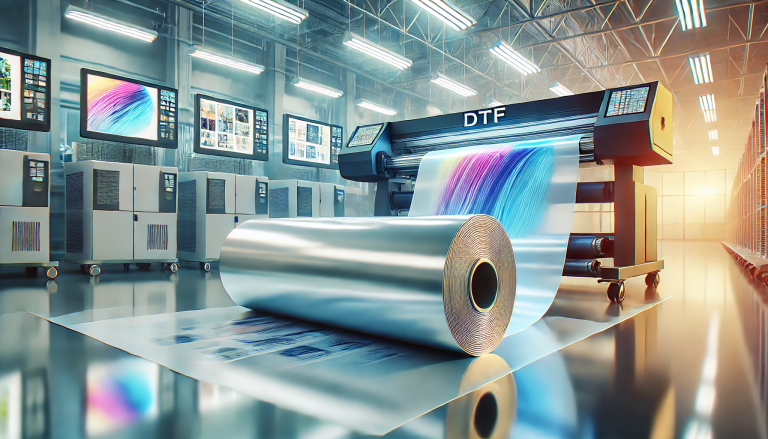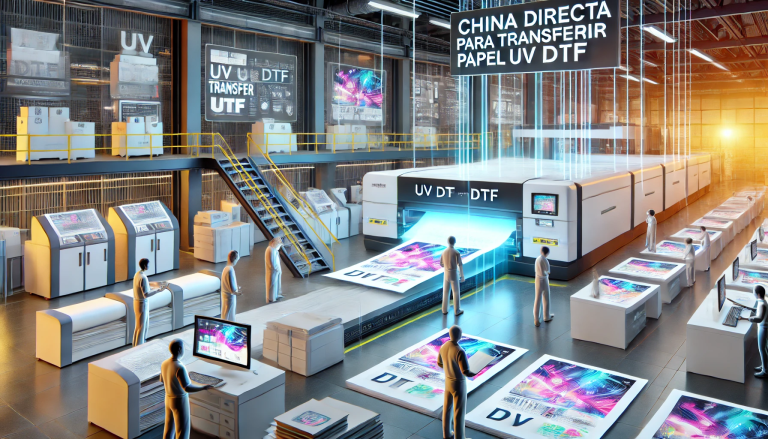In the evolving landscape of textile printing, Direct to Film (DTF) printing technology has emerged as a groundbreaking advancement, revolutionizing the way designs are transferred onto fabrics. At the heart of this innovative realm lies the DTF Film A3, a key component that has significantly enhanced the efficiency, accessibility, and versatility of textile printing. This article delves into the transformative impact of DTF Film A3 on the textile industry, exploring its technological prowess, applications, and the future trajectory of this printing revolution.
Technological Advancements and Features
The DTF Film A3, with its specialized coating, is engineered to facilitate the transfer of high-quality, vibrant prints onto a variety of textiles. Unlike traditional printing methods, DTF technology does not require pre-treatment of fabrics, thereby streamlining the printing process and reducing production time. This film, designed for compatibility with DTF printing systems, plays a pivotal role in achieving crisp, durable, and color-rich transfers that withstand the test of time and wear.
One of the hallmark features of the DTF Film A3 is its ability to accommodate intricate designs with exceptional clarity and color fidelity. This is made possible through advanced ink receptivity and a precise transfer mechanism that ensures every detail of the design is faithfully reproduced on the textile. Furthermore, the film’s robustness allows for transfers on a wide array of fabrics, including cotton, polyester, and blends, without compromising on the quality of the print.
Expanding Applications in Textile Printing
The versatility of DTF Film A3 extends beyond the traditional boundaries of textile printing, opening up a world of possibilities for designers, manufacturers, and hobbyists alike. From fashion apparel and sportswear to home decor and accessories, the scope of applications is vast. This technology enables small-scale creators and large manufacturers to experiment with limited editions, personalized items, and complex patterns without the need for substantial setup costs or minimum order quantities.
Moreover, the environmental aspect of DTF printing, facilitated by the DTF Film A3, cannot be overlooked. This technology represents a more sustainable approach to textile printing, reducing waste and eliminating the need for water-intensive dyeing processes. As the industry moves towards greener practices, the adoption of DTF technology signifies a step in the right direction, aligning with the growing demand for eco-friendly production methods.
Challenges and Solutions
Despite its numerous advantages, the adoption of DTF Film A3 and the broader DTF technology faces challenges, primarily related to the initial investment in specialized equipment and the learning curve associated with mastering this new printing technique. However, the long-term benefits, including reduced production costs, flexibility in design, and superior print quality, make it a worthwhile investment for businesses aiming to stay competitive in the dynamic textile market.
Manufacturers and suppliers of DTF Film A3 and related equipment have recognized these challenges and are increasingly offering comprehensive support services, training, and resources to facilitate the transition to DTF printing. This collaborative approach is critical in overcoming barriers to adoption and ensuring that users can fully leverage the potential of DTF technology.
Looking Ahead: The Future of DTF Printing
As the textile industry continues to evolve, the role of DTF Film A3 and the broader DTF printing technology is set to become increasingly significant. With ongoing advancements in printing equipment, ink formulations, and film technology, the quality, efficiency, and range of applications of DTF printing are expected to expand further. The future of textile printing lies in the customization, sustainability, and creativity that DTF technology offers, with DTF Film A3 at the forefront of this transformation.
In conclusion, the DTF Film A3 represents a pivotal innovation in textile printing, offering unparalleled flexibility, quality, and efficiency. As the industry embraces this technology, the possibilities for creative expression and sustainable production are boundless. The DTF Film A3 is not just a component of the printing process; it is a catalyst for change, propelling the textile industry towards a more innovative, inclusive, and environmentally conscious future.




